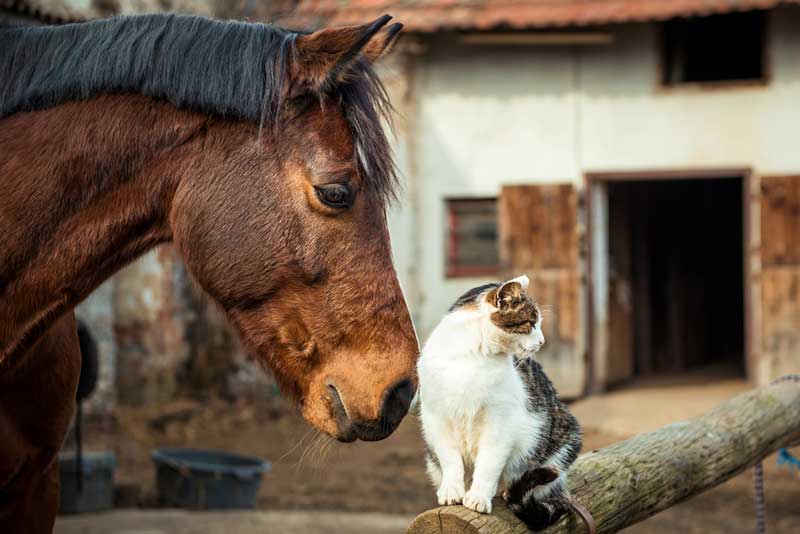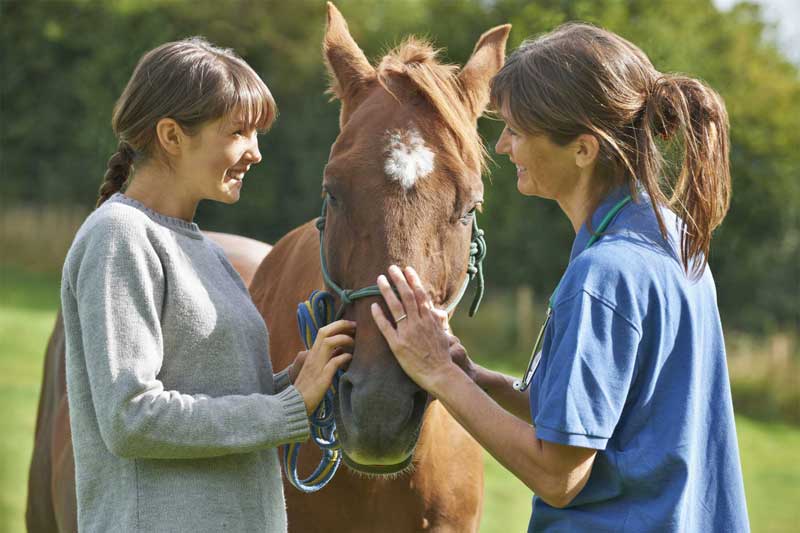
Can All Animals Be Microchipped and How Does That Work?
Microchipping dogs and cats as a means of permanent identification has become a fairly run-of-the-mill aspect of regular veterinary care. However, sometimes people wonder about other animals and whether or not they can (and should) be microchipped like dogs and cats.
What Animals Can Get a Microchip?
Pretty much any pet that you hold dear to your heart or your livelihood can be microchipped. This includes cats, dogs, rabbits, birds, horses and other livestock, ferrets, tortoises, and even snakes.
Is There Any Difference Between Microchipping Small Animals and Microchipping Larger Animals?
Similar to a vaccination, having a pet microchipped is a simple, nearly painless procedure. A veterinarian uses a needle to insert a pet’s microchip which is housed in a small (about the size of a grain of rice) bio-compatible capsule.
The primary difference between microchipping procedures for different species is the chip’s placement location. On dogs, cats, and ferrets, microchips are placed just under the skin between the shoulder blades. On horses, microchips are inserted into the nuchal ligament of the neck. The neck is also the recommended location for a snake’s microchip. Parrots receive microchips on the left side of the chest muscles. Rabbits receive microchips within the loose skin on the neck, and a tortoise would have its microchip inserted on a hind leg.
What to Do Once Your Pet Has Received a Microchip
Once your pet has a microchip, be sure to keep your contact information up-to-date in the national database.


What's the Benefit of Microchipping Pets and Livestock?
The most obvious reason to microchip pets is to help them find their way back to you in the event they become lost. Cats, dogs, rabbits, and other small animals can go missing fairly easily. Horses, on the other hand, don’t get lost as often, but there are still benefits to having a horse microchipped. For example, microchips provide certain identification for veterinarians who are inspecting horses before a sale, for breed certification, transfer of ownership, or for identity verification in a competition.
Whatever your primary reason is for microchipping a pet, it’s a cost-effective method to obtain a means of permanent identification. Microchips are way more effective than ID tags and missing-pet posters when it comes to being reunited with a lost or stolen pet.
To learn more about pet microchips and having your small or large pets microchipped, contact Adobe Veterinary Center today.







